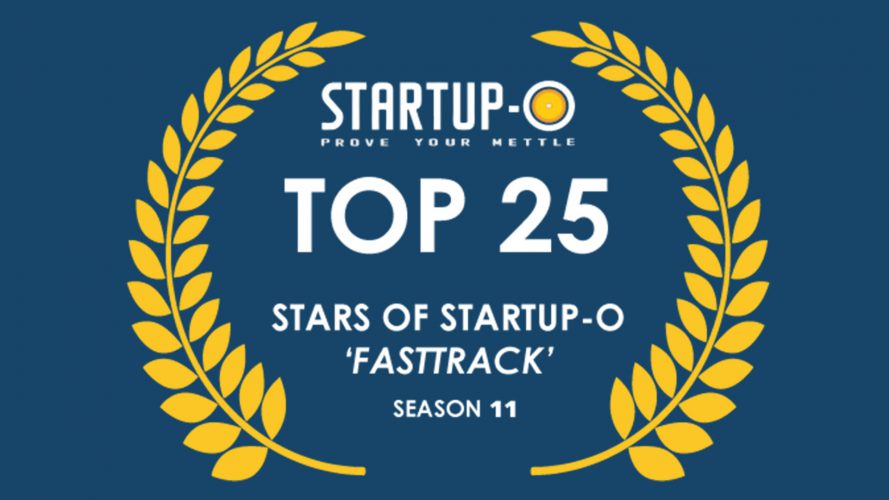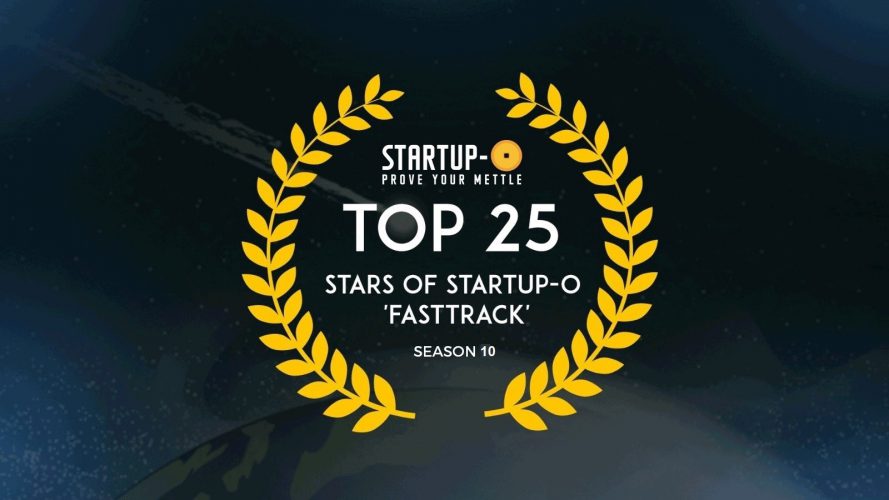
7 Slides Every Killer Pitch Deck Must Have
A winning pitch has to come with a killer pitch deck.
It is crucial to convey your ideas succinctly and in an interesting manner. In order to do so, a pitch deck must communicate 3 main elements: the idea, the market, and the people.
In this blog article, we will be focusing on slides that help convey your startup’s business plan.
The business plan in your pitch deck should include:
-
- Business model
- Go-to-Market Strategies
- Competitive Analysis
- Team
- Market Size
- Traction
- Business Milestones
1. The Business Model
Most investors don’t expect you to present every aspect of your financials during the first investment rounds.
They are more interested in how you intend to earn money with your product. They are also more concerned about how realistic and feasible your plans are.

Purpose
The investors will understand your business model with this slide.
Points to address
- What are your business goals and how do you intend to achieve it?
- What is your potential market share?
- How do you earn money with your product?
- What is the pricing model?
- What is your potential revenue?
- What is the long-term value of a customer?
2. Go-To-Market Strategy
Go-to-Market strategies are focused on executable steps to reach out to customers. It is a key differentiating factor between a successful and sustainable startup as opposed to one that isn’t.
In the early stages, you may not have the resources for a sales team, so you should start with strategic partnerships, and other key channels where your potential customers can be found.

Purpose
The purpose of this slide is to help investors understand how you intend to penetrate the market and acquire users.
Points to address
- Segment, size, value, and potential of your target market
- Your value proposition
- Your key customer acquisition channels and partnerships
- Your marketing strategy
- How you will apply this model when you enter a new market
3. Competitor Analysis
A competitor’s analysis would be an extension of the business plan. Examine what other companies are doing in the same space, and how your solution differs from theirs.
You would want to mention your primary and secondary competitors. Then, focus on your competitive advantages and unique strengths.

Purpose
Let investors know that you are aware of the obstacles and some strategies to mitigate them.
Points to address
- Primary competitors
- Secondary competitors
- Highlight 3 key competitive advantages you have
4. The Team
Many startups struggle with hiring the right people. Having a team with the relevant skills and experiences is key to grow your startup.
Even if the team is in its infancy or lack industry experience, showcase that in a positive light. Sometimes, the best companies are built by teams with diverse backgrounds and a fresh perspective.

Purpose
For investors to get to know you, your co-founders, and the team culture.
Points to address
- Use images, highlight relevant skills and experiences of your team
- Showcase what each team member can bring to the table
- How long your team has been working together
- Why your team will succeed in executing your business plans
5. Market Size
Market size is the number of potential customers interested in your product or service, and the total amount of money that could be spent on your product or service. It is different from Go-To-Market strategy which focuses on entry into the market.
This helps to determine how much money your business can make and also, what your competitive market share might be.
Purpose
Show investors what the market value of your startup is
Points to address
- How big is your Total Addressable Market (TAM), Segmented Addressable Market (SAM) and Share of Market (SOM)? If your market is niche and small, you should address how you can become the big fish in a small pond.
- What does the ideal customer profile (ICP) look like and who are your early adopters?
- What is the Lifetime value (LTV) and Customer Acquisition Cost (CAC) of your customers?
6. Traction
The traction slide is sometimes sprinkled throughout the presentation rather than being included in a separate slide.
Traction is so important to investors because it demonstrates a shift from an idea to an active business in the process of making profits. Traction is progress and is often correlated with risk. The higher the traction, the lower the risk.
Purpose
For investors to know whether your business idea has demand and can become a profitable business.
Points to address
- What early traction has the company seen (sales / traffic to the company’s website / app downloads)?
- How can the early traction be accelerated?
- Press and accolades
- Testimonials
7. Business Milestones
Business milestones is the chance for you to showcase noteworthy media mentions and achievements. It can help boost the image of your company as a promising venture, validated by third party institutions.
More importantly, this slide is also an opportunity for you to forecast what your company will do next.
Do note that investors would expect accountability so do not forecast things you cannot achieve. Nothing is worse than being called out for over promising investors!

Purpose
Summarize where you are in terms of product delivery, and specify the next key milestones.
Points to address
- Quarterly, Y1, Y2 Financial Projections
- Long Term Metrics – AARRR
- Prototype development
- Secure intellectual property
- Product launch
- Achieve positive revenue
- Break even point
- Growth phase (revenue, volume, number of customers, market penetration)
- Exit
Summary
Crafting the perfect pitch deck can be challenging, however, the benefits a great pitch deck promises not only clarity but also direction for your startup.
Investors will definitely appreciate a well thought through pitch deck. Keep fighting and keep hustling!
If you like what you see and would like more information or tips on creating a complete pitch deck, download our carefully created ebook below!






